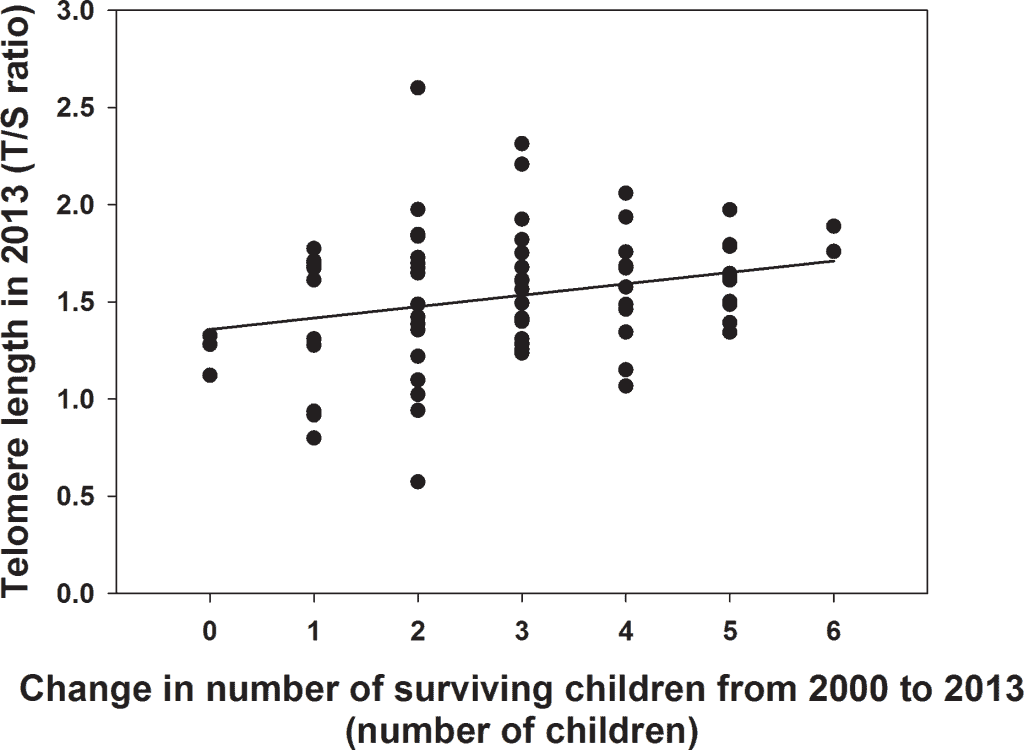The prevailing assumption is that mothers who birth more children live short lives due to accelerated biological aging. Researchers turn this historical thinking upside down after they found having more offspring actually prolongs the life of mothers and slows down cellular degradation.

A team at Simon Fraser University, Canada surveyed mothers from two neighbouring indigenous rural Guatemalan communities. The researchers measured the telomere lengths pf the participants at two time points 13 years apart, through salivary specimens and buccal swabs.
Telomeres are regions of repetitive nucleotide sequences at each end of a chromatid, which protect the end of the chromosome from deterioration or from fusion with neighboring chromosomes. Think of shoelace caps. Telomeres are also a biomarker of aging, with telomeres shortening with each cellular division or, in other words, as you advance in age. As a cell’s telomeres shorten, it loses its ability to function normally. Basically, shorter telomeres make you more susceptible to a number of diseases, such as cancer or cardiovascular disease – especially in older people.

Energy invested in reproduction is not available for tissue maintenance, thus having more offspring is expected to lead to accelerated senescence. Studies made on non-human specie seem to confirm this thinking, but the Simon Fraser investigation actually revealed the reverse may be true.
According to study lead, professor Pablo Nepomnaschy, women who gave birth to more surviving children exhibited longer telomeres. Essentially, the pace of telomere shortening was slowed down. “Estrogen functions as a potent antioxidant that protects cells against telomere shortening,” Nepomnaschy said, offering a likely explanation. The social environment might also play a role.
“The women we followed over the course of the study were from natural fertility populations where mothers who bear numerous children receive more social support from their relatives and friends,” explains Nepomnaschy. “Greater support leads to an increase in the amount of metabolic energy that can be allocated to tissue maintenance, thereby slowing down the process of aging.”
Findings were published in PLoS One.


